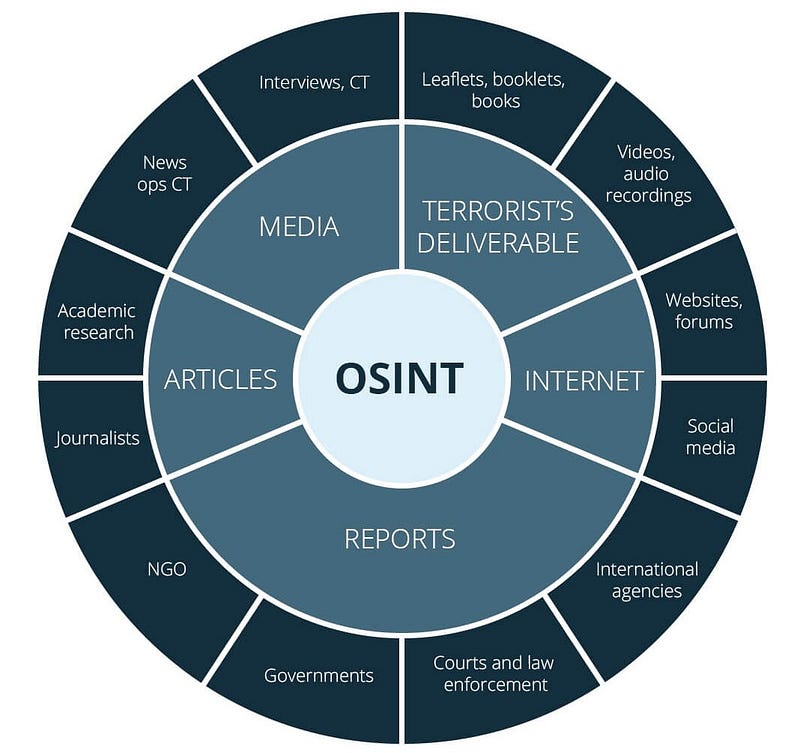Osint Username: Unlocking Digital Footprints for Intelligence Gathering
In today’s hyper-connected world, open-source intelligence (OSINT) has become a cornerstone of intelligence operations, enabling analysts to gather critical insights from publicly available data. A key component of effective OSINT is the ability to track and analyze digital identities, often encapsulated in the concept of an "OSINT username." This article explores the significance of usernames in OSINT, their role in addressing pressing issues in the U.S. and Middle East intelligence communities, and how platforms like Knowlesys empower professionals to navigate this complex landscape.
The Power of a Username in OSINT
A username is more than just a digital alias; it’s a gateway to an individual’s online presence. From social media platforms like X to forums, gaming networks, and encrypted messaging apps, usernames often serve as a consistent identifier across multiple platforms. For intelligence professionals, tracking a username can reveal patterns of behavior, affiliations, and even intentions. In the context of U.S. and Middle East intelligence priorities—such as counterterrorism, geopolitical analysis, and cyber threat detection—usernames are invaluable for building comprehensive profiles of persons of interest.
For example, in the Middle East, where non-state actors and extremist groups leverage social media for recruitment and propaganda, a single username can link seemingly disparate accounts, exposing networks that might otherwise remain hidden. Similarly, in the U.S., usernames associated with cybercriminal activities or disinformation campaigns can provide leads for law enforcement and national security agencies.
Challenges in Username Analysis
Despite their value, usernames present significant challenges for OSINT practitioners. The sheer volume of data across platforms makes manual tracking impractical. Additionally, individuals may use variations of usernames, aliases, or anonymized handles to obscure their identities. In the Middle East, where cultural and linguistic nuances influence online pseudonyms, analysts must navigate transliteration issues and regional dialects. In the U.S., the rise of privacy-focused platforms and encrypted communications further complicates efforts to trace usernames to real-world identities.
Moreover, the intelligence community must contend with ethical and legal considerations. While OSINT relies on publicly available data, the aggregation and analysis of usernames can raise privacy concerns, particularly in democratic societies like the U.S., where surveillance is heavily scrutinized. Balancing operational needs with compliance is a persistent challenge.
How Knowlesys Enhances Username Tracking
Enter Knowlesys, a leading provider of OSINT monitoring systems designed to streamline the collection and analysis of open-source data. Knowlesys offers advanced tools that automate the tracking of usernames across platforms, enabling intelligence professionals to map digital footprints with unprecedented efficiency. By leveraging machine learning and natural language processing, Knowlesys can identify username variations, detect patterns, and correlate data points, even in multilingual and culturally diverse environments like the Middle East.
For U.S. intelligence agencies, Knowlesys provides scalable solutions to monitor domestic and international threats, from cybercrime to foreign influence operations. Its real-time analytics capabilities allow analysts to stay ahead of emerging risks, such as disinformation campaigns targeting American elections. In the Middle East, Knowlesys supports efforts to track extremist networks by analyzing usernames in regional languages, including Arabic and Farsi, ensuring that analysts can uncover hidden connections.
Real-World Applications
Consider a hypothetical scenario: an intelligence analyst in the U.S. identifies a username linked to a suspected disinformation campaign on X. Using Knowlesys, the analyst traces the username across platforms, discovering connections to a Middle Eastern forum where the same handle is used to share extremist content. By mapping these connections, the analyst uncovers a coordinated network, providing actionable intelligence to disrupt the operation. This seamless integration of data from diverse sources is a testament to the power of tools like Knowlesys in modern OSINT.
In the Middle East, usernames are often tied to pseudonymous accounts used by activists, dissidents, or threat actors. Knowlesys’s ability to process regional languages and cross-reference usernames with geolocation data helps analysts distinguish between benign and malicious actors, supporting both humanitarian and security objectives.
The Future of OSINT Username Analysis
As digital platforms evolve, so too will the role of usernames in OSINT. The rise of decentralized platforms, blockchain-based identities, and AI-generated content will introduce new complexities. Intelligence communities in the U.S. and Middle East must stay ahead of these trends, adopting tools that can adapt to emerging technologies. Knowlesys is well-positioned to lead this charge, with ongoing innovations in data aggregation and predictive analytics.
Looking ahead, collaboration between public and private sectors will be critical. Platforms like Knowlesys not only enhance operational capabilities but also foster knowledge-sharing among intelligence professionals, ensuring that best practices evolve alongside the threat landscape.
Conclusion
The humble username is a linchpin of modern OSINT, offering a window into the digital lives of individuals and networks. For the U.S. and Middle East intelligence communities, mastering username analysis is essential to addressing today’s most pressing challenges, from counterterrorism to cyber threats. With tools like Knowlesys, analysts can unlock the full potential of OSINT, transforming raw data into actionable intelligence. As the digital landscape continues to evolve, Knowlesys remains a trusted partner for those navigating the complex world of open-source intelligence.
